|
|
|
|
|

|
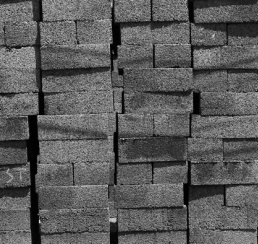 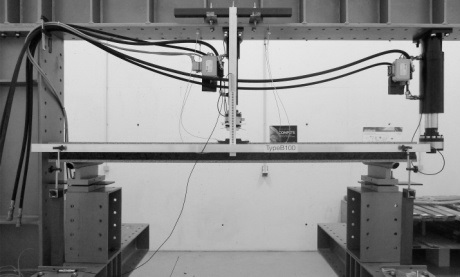
|
| |
|
THE CORK AS AN APPARENT LAYER
|
|
Architectural and technological aspects of the application of cork
in façade systems
|
|
Arch. Paulo Sousa, Prof. Paulo Cruz, Prof. José Sousa
|
| |
|
This PhD research investigates the expanded cork’s use as building’s envelope, and the development of a façade system combining cork with timber.
|

|
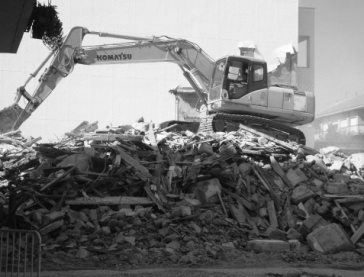
|
| |
|
THE CONSTRUCTIVE CONNECTIONS IN THE PROJECT FOR DISASSEMBLY
|
|
A contribution to a taxonomy
|
|
Arch. Cláudia Escaleira, Prof. Rogério Amoêda, Prof. Paulo Cruz
|
|
This PhD research aims to investigate and evaluate the structural performance of innovative solutions for hybrid glass-steel beams, in order to develop a hybrid beam system in which the transparency of glass is combined with the ductility of steel. The main concern is to study the possible use of externally glued steel elements that work as structural reinforcement of the glass beams, taking into consideration the presence of combined bending and shear stresses. The development of such solutions requires an evaluation of the glass-steel connection and therefore a special attention is dedicated to the steel-glass interface. The main outcome of the thesis should contribute to the definition of structural guidelines and technological recommendations for the use and design of hybrid glass beams.
|

|
 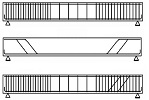
|
| |
|
GLASS-STEEL
|
|
Structural performance of hybrid beams
|
|
Eng. Raquel Pardal, Prof. Paulo Cruz, Prof. Aldina Santiago
|
|
This PhD research aims to investigate and evaluate the structural performance of innovative solutions for hybrid glass-steel beams, in order to develop a hybrid beam system in which the transparency of glass is combined with the ductility of steel. The main concern is to study the possible use of externally glued steel elements that work as structural reinforcement of the glass beams, taking into consideration the presence of combined bending and shear stresses. The development of such solutions requires an evaluation of the glass-steel connection and therefore a special attention is dedicated to the steel-glass interface. The main outcome of the thesis should contribute to the definition of structural guidelines and technological recommendations for the use and design of hybrid glass beams.
|
|
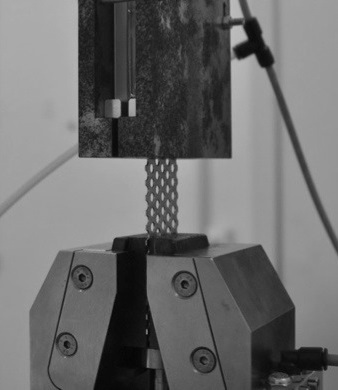 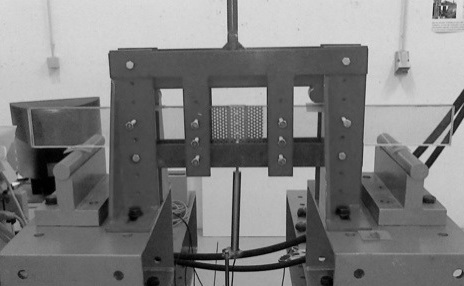
|
| |
|
(DE)MATERIALIZING DETAIL: Technology, Structure, Design
|
|
Development of a reinforced glass connection technique
|
|
Arch. Paulo Carvalho, Prof. Paulo Cruz, Prof. Fred Veer
|
|
This PhD research started from a holistic inquiry to a specific technology of reinforced glass (laminated glass with perforated steel plates) and focuses on the development of an embedded connection method whose mechanical behaviour will have the contribution of the reinforcement itself. The goal is to develop a semi-transparent connection technique for structural glass with improved post-breakage behaviour. Several non-planar geometric arrangements for the connected glass panel will be investigated in order to achieve structural independency and thus materialize an architectural element, solely defined by a refined play of transparencies.
Concluded: 2014-07.22
|
| |

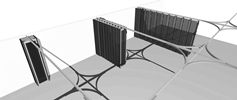 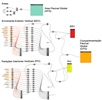 |
| |
|
FLEXIBILITY EVALUATION OF HOUSING SPACES
|
| Influence of partitions and furniture |
|
Arch. Alex Davico, Prof. Paulo Mendonça
|
|
|
This PhD research aims on the establish criteria for architectural design, focusing on systems of partitioning and furnishing. It intends to improve the environmental performance and comfort conditions in existing and projected architectural dwellings, through the use of flexible solutions. A method called Evaluation of the Degree of Project Flexibility, which allows to evaluate in advance the flexibility of architectural projects, was developed. Subsequently, two systems of flexible partitioning were proposed: a modular system of internal partition called Folder Wall System (FWS) and an adaptable façade called as Folder Wall System Façade (FWSF).
Concluded: 2013.12.09
|

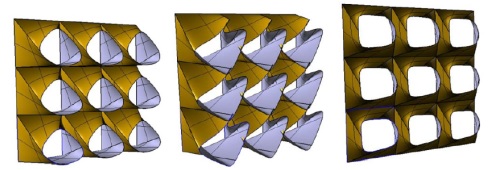 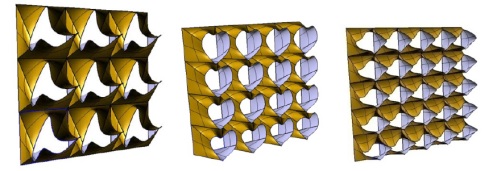 |
| |
|
DIGITAL DESIGN OPTIMISATION
|
New methods and tools for design and manufacturing of architectural objects |
|
Designer Dirk Loyens, Prof. Paulo Mendonça and Prof. Ferrie van Hattum
|
| |
The thesis aimed to develop and test a method that could be employed to model and manage the design process individually, adapted to a particular design problem and along with the personal preferences of the designer. The method is part of a digital design process where simulation and analysis does not only support the project development process, but interacts and contributes with novel proposals, promotes a more creative exploration of the solution space and aims to integrate computational models in the reasoning process and the activities of the designer during the complete design process.
|

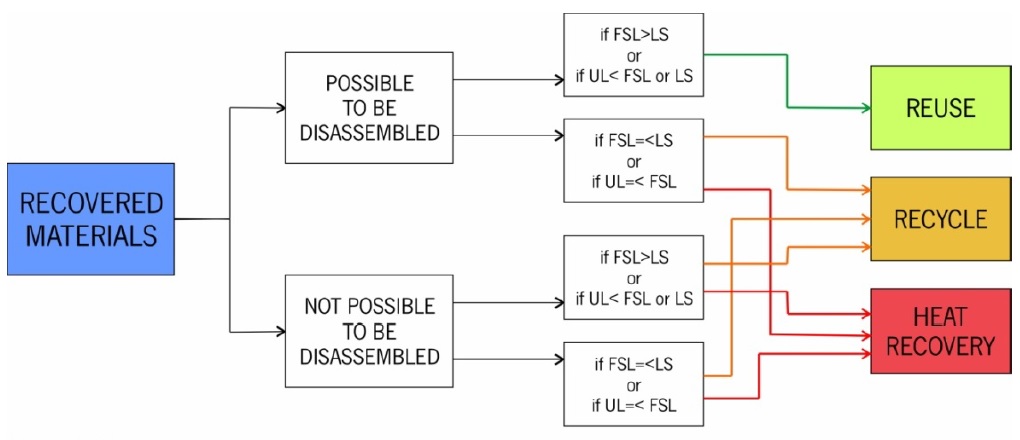 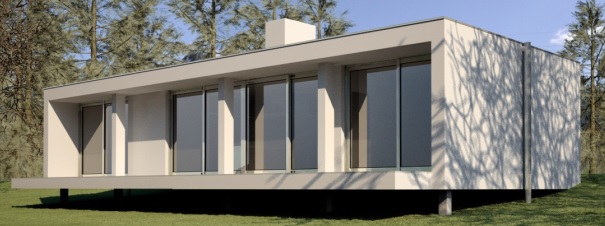 |
| |
|
ENVIRONMENT AND CONSTRUCTION
|
Project methodologies on conception for buiding deconstruction |
|
Arch. Rogério Amoêda, Prof. Said Jalali and Prof. Paulo Mendonça
|
| |
Construction industries is slowly becoming aware of building materials recovery and at present new approaches are seriously examined such as Design for Disassembly/Deconstruction (DfD). Furthermore, in order to evaluate the building deconstruction several approaches can be employed. In this research work the Emergy approach (spelled with an “M”) is considered to be a more effective tool for such evaluations. Using principles of DfD and Emergy theory, a model to measure the environmental net benefit of building materials recovery at the design stage is proposed. The model estimates the Deconstruction Effectiveness index (DE) of a building and enables designer to compare the alternative options, selecting the optimum solution.
|
|
Recent PhD thesis proposals
|
The idea built: Restoration project of the building Penthouse Soares & Brother
Test methodologies and intervention processes on the Modern Built Heritage
Panel for media facades
Development of a modular timber construction system: The home accessible
Building with improbable materials: Potential use of urban waste in architecture / Ephemeral construction
|
LITERALNESS OF LEVITATION IN ARCHITECTURE
|
From a dichotic desire to the development of a new system of
sliding frames Parnoramah! |
|
Arch. Cristina Pinto, Prof. Paulo Cruz and Arch. Paulo Carvalho
|
| |
This work aims at studying the introduction of a new technology of sliding frames for large glazing openings.
Concluded: 2013.12.04
|

|
|